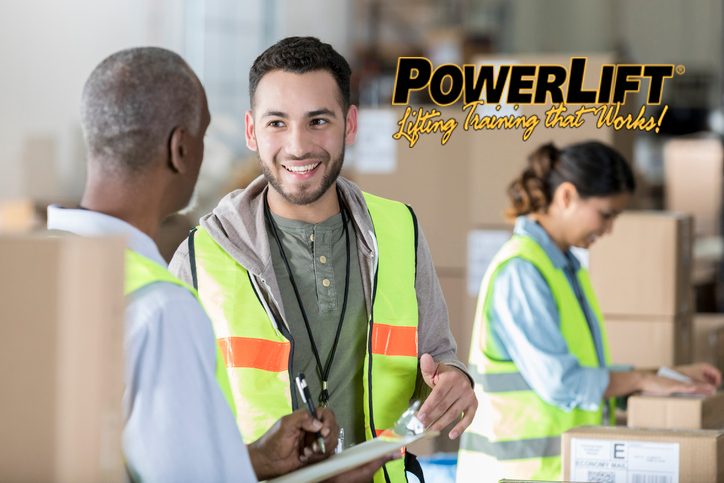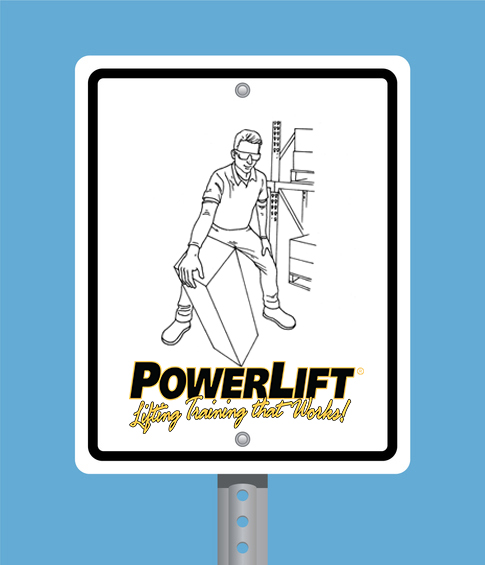Ah, the glory of youth!
We believed we were invulnerable. We had resilience, strength, and we knew it all. We took our youthful bravado into our first jobs: many of us worked first (and even second and third) jobs that were physically demanding, labor-intensive jobs. And maybe we didn’t love it, but we did our best, because that is expected. And it’s based in a mindset that is generally considered positive.
We forgot that we were vulnerable.
But ask yourself: How many of us now have joint-pain, or worse, back-pain, from an “old injury”? It’s pretty much guaranteed that when we were young, we were there to get the job done. We weren’t particularly conscientious about lifting safely or effectively. And few, if any, of our more senior colleagues offered much more than the occasional word of caution. In any case, we knew better, and forgot to listen.
Our young workers are no different today than the young people of 20, 30, even 40 years ago. And we forget that, as vulnerable as we were then, so are they now. You could say that, in the world of material handling, youth is both a blessing and a curse. The blessings are obvious. The curse? That’s the bit that’s hiding in plain sight.
Because, in the world of material handling safety, the challenges faced by the young worker are largely forgotten. Here are 4 foundational reasons to create a safe and effective material handling strategic plan that will protect your young workforce – and everyone who works with them.
1. Take the ‘…or else…’ out of material handling.
- Make safe material handling a component of their employment, rather than this extra rule thing that they’ll get in trouble for if they don’t follow instructions. Young people entering the workforce require a structure that makes sense. At that age, many of us are still learning the importance of compliance. And, remember when we knew it all and we told ourselves (and each other) that that’s just stupid…?
- For many young workers the ‘why’ of safety is not always obvious. What they don’t (and let’s tell the truth – we didn’t either) realize is that, while a musculoskeletal injury may heal quickly, the long-term snowball of consequences from an injury has been set in motion. Injuries from careless material handling can become cumulative, leading to chronic pain, and even limited mobility later in life.
- When safe and effective lifting is baked into their training, and presented so that safety is a natural part of the job, compliance to safety standards is no longer an ‘extra thing’ that they have to comply with.
2. Allow for the fact that some young workers will buck the system (so create a plan to deal with it).
- Set distinct, clear boundaries. Make sure the young worker understands the consequences that will follow when those boundaries are not respected. For some, this may be the first time they’ve ever had to experience real-world consequences for themselves.
- Realize that elements of safe material handling systems like PowerLift are, in essence, life-lessons. A young worker will take the training out into their lives.
- Mentor and coach, rather than ‘teach’ them. The difference is that we lead by example and empower them. This is distinct from trying to ‘download’ safety training into someone who is still learning how to live life as an adult.
“The future of the safety movement is not so much dependent upon the invention of safety devices as on the improvement of methods of educating people to the ideal of caution and safety.”
– Walter Dill Scott
3. Make it safe.
- To ask questions: young people are often too scared to ask questions. Or, they may feel like it’s out of place for them to clarify something.
- To ask the same question again: remember – this is a new environment for the young worker. And when something is unfamiliar, they will need to ask the same question again – perhaps several times. Think about it: how many times have you had to ask a young person how to use a new app on your mobile device?
- For them to both teach, and learn from, their colleagues: effective safe material handling systems like PowerLift include elements like safety talks, and peer-to-peer coaching. When an employee – any employee – is empowered to provide support, the result is often a healthier – and happier – work environment.
4. Be conscious of the future that the young worker represents.
Let’s unpack this one a little. Barring any unspeakable tragedy, a young person’s first jobs are the foundation on which an entire life is built. As medical science and life’s necessities extend career life, first jobs are the beginning of a story that could last well upwards of 40 years. PowerLift training isn’t just about being safe in the moment. It’s about protecting your life and well-being wherever you handle materials. It is just as applicable to lifting an aging parent or an infant, as it is to moving a piece of freight, or packaging. There’s a saying that goes, “no-one cares how much you know until they know how much you care.” This rings especially true for our young workforce. Show you care for a young worker who may be at their first job, and you will be setting them up to win: at their job, at your company, and in their life.
Creating a safe workforce could be as simple as adopting best practices like the PowerLift system. Effective lifting depends on a culture of care and safety. The long-term benefits – both to the company’s bottom line, and to the lives of the people in the workforce – far outweigh any costs. For more information on the PowerLift system, check out powerlifttraining.com
The drive to protect our children is part of the drive to preserve our own kind. Keeping our young workers healthy and safe is an extension of that drive. They are our future. And systems like PowerLift provide a peace of mind, because we know that our young workers won’t be forgotten.



Recent Comments